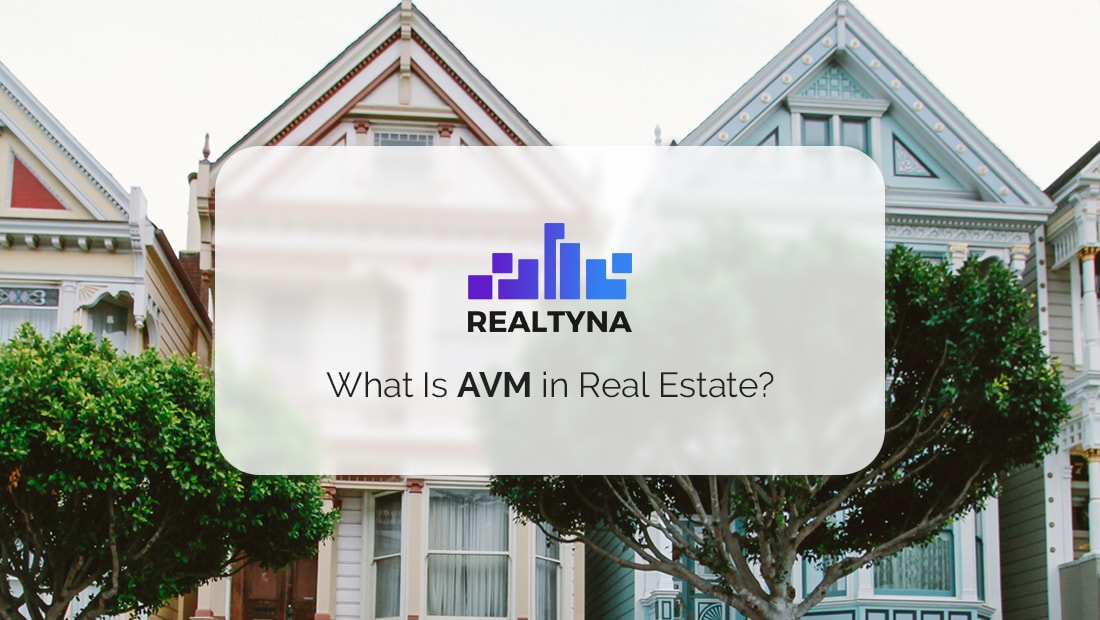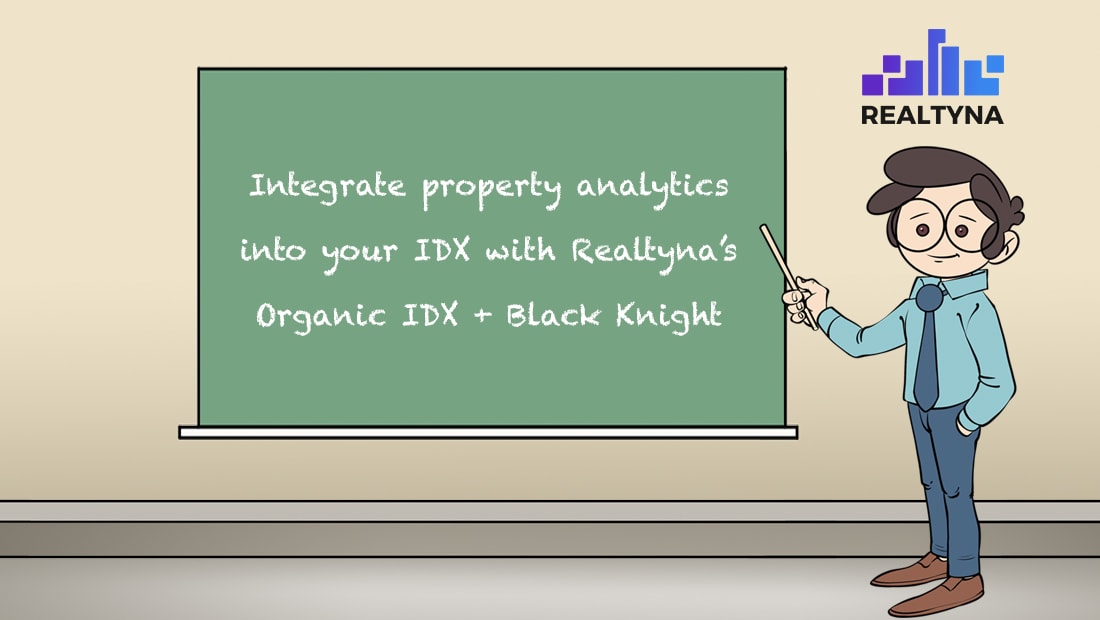
What Is AVM (Automated Valuation Model) in Real Estate?
An AVM or automated valuation model is a computer program that uses mathematical modeling and a database of existing homes to generate property appraisals. AVMs produce the Zestimate and other home value estimations seen on IDX and portal sites.
AVMs are a way to get a quick estimate of the value of a home. Rather than waiting for a traditional appraiser to arrive on site and go through his checklist, the AVM generates an estimate from the factors that are known to influence value the most.
While not as thorough as a traditional appraisal, AVMs can generate estimates within 10 percent of the final sale price for many homes.
What is RVM in Real Estate?
The RVM or Realtors Valuation Model is an automated valuation model developed by the National Association of Realtors for use in its Realtors Property Resource. The RVM produces home appraisal estimates in markets across the United States to help Realtors understand local market dynamics and better price their client’s homes.
Unlike many AVMs that rely on property transaction records, the RVM develops its estimates from various MLSs around the country. This allows for a more accurate estimate that reflects current listings, says NAR.
Because the Realtors Property Resources is for licensed agents only, the only way the general public can access RVM estimates is through an agent-produced report.
LUKE’S TIP:
What Is an AVM Confidence Score?
An AVM confidence score is a method to rate the potential accuracy of a home value estimate. This is based on the level to which several AVMs agree. If multiple AVMs produce similar valuations the home is considered more accurate and given a high confidence score.
The fact of the matter is that AVMs are estimates. Therefore, they are subject to margins of error. To account for this error some sites compare several AVMs when generating a home valuation.
If the models largely agree, the valuation is given a high confidence. If there is large variation in the estimates (i.e. the models don’t agree), the valuation is given a lower confidence score.
What Is a Forecast Standard Deviation?
A forecast standard deviation or FSD is a statistical figure used to derive the AVM confidence level. Specifically, the FSD represents the probability that the AVM estimate falls within a statistical range of the actual market value of a home.
If the FSD is large, it means that there is a large amount of variation in the estimate and it risks being less accurate.
For example, if the FSD is 0.20 it means that there is a 68 percent chance the estimate will fall within +/- 20 percent of the actual sale price. If the FSD is 0.05, there is a 68% chance the estimate will fall within +/- 5 percent of the sale price.
How Does an AVM Work?
An AVM works by taking the value of a home and breaking it down into several factors. Then it uses statistical analysis of a large database of existing homes to weigh these factors based on their importance in determining the final sale price.
Consider a two-bedroom home and a four-bedroom home. In most cases we can say that the four-bedroom home is worth more. Therefore, number of bedrooms could be a factor in home value.
But this is not always the case. There are many scenarios in which the two bedroom home may be worth more. How the number of bedrooms affects the final sales price depends on the other factors present. These other factors include location, date built, type of heating, etc.
To determine the importance of each factor, the AVM will conduct regression analysis over a large database of existing home sales. It will use the results to construct a home value model. Whenever a new home comes on the market, the AVM will enter the present factors into its model and generate a home value estimate.
What Are the Advantages of an AVM?
The most important advantages of an AVM are speed and price. Because the valuations are generated automatically they often can be produced faster and for less cost than a traditional appraisal.
AVMs also can help real estate agents better advise their clients on home prices by providing estimates for a large number of nearby homes. Lastly, an AVM can help a homeowner track the valuation changes in their own home, helping them know when to sell.
What Are the Disadvantages of an AVM?
The disadvantages of an AVM are accuracy and availability. AVMs are estimates, which means they are subject to error. They also require a large data set of comparable properties. So, in places where this is not available, AVM estimates are not available.
Further, many AVMs do not take into account the condition of a home.
The fact of the matter is that an AVM is a mathematical model. And all models are simplifications. The simplification of the home valuation process provides faster and cheaper appraisals for homeowners and real estate agents. But it also leaves out some details that may affect the final price.
That’s everything you should know about AVM. Did we forget something? Leave a note in the comments. Or for more check out What Is an IDX Feed? and What is the Multiple Listing Service?



Hudson Willason
Posted at 06:07h, 29 AprilNice Blog!! The content you have shared is very elaborative and informative. Thanks a lot for sharing such a great piece of knowledge with us.
Damian Matthew Ramirez
Posted at 06:59h, 01 FebruaryDoes Realtyna offer an AVM Add-on? Thank you
Tonya
Posted at 10:22h, 04 FebruaryHello Damian, please find more information here https://realtyna.com/property-analytics